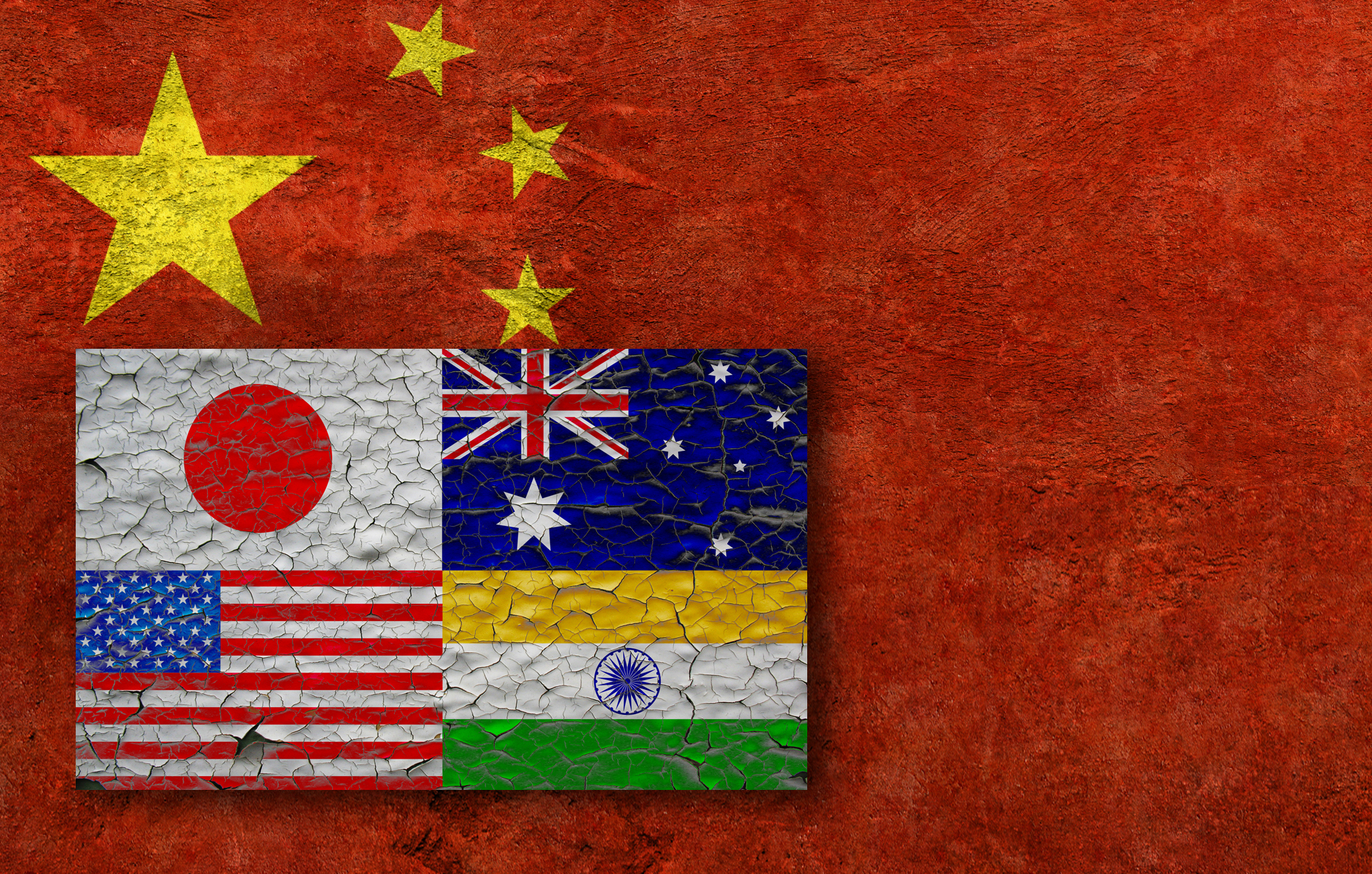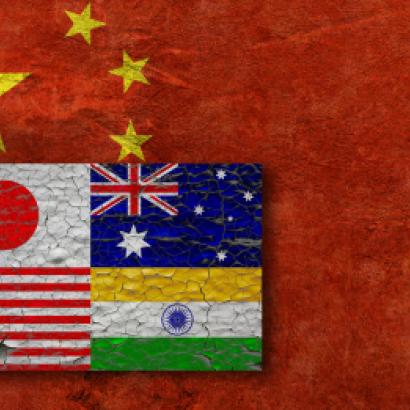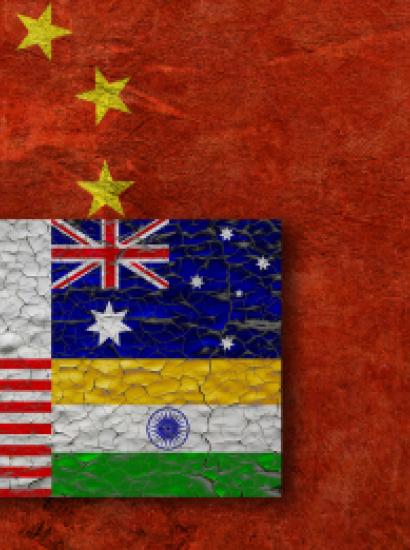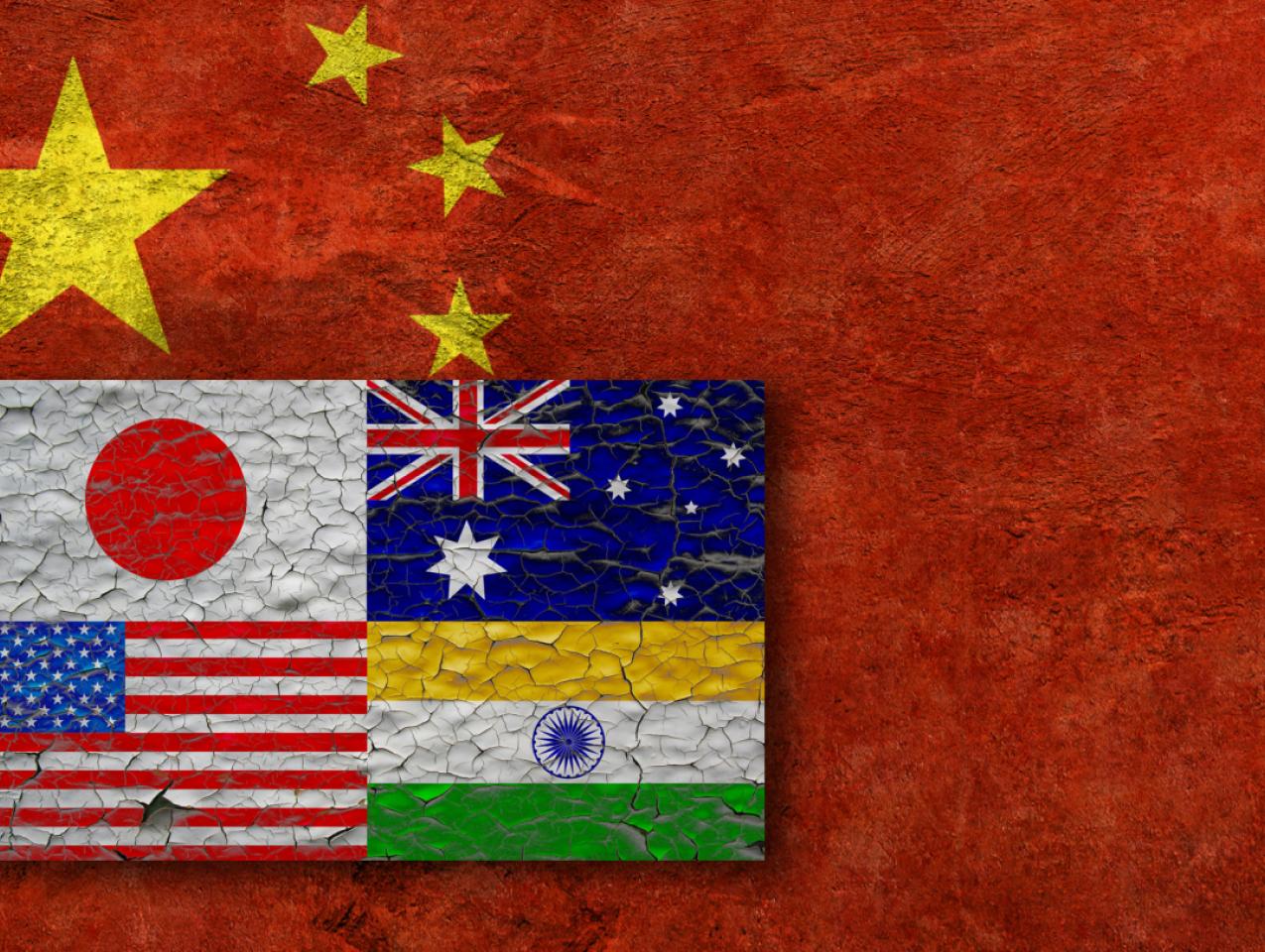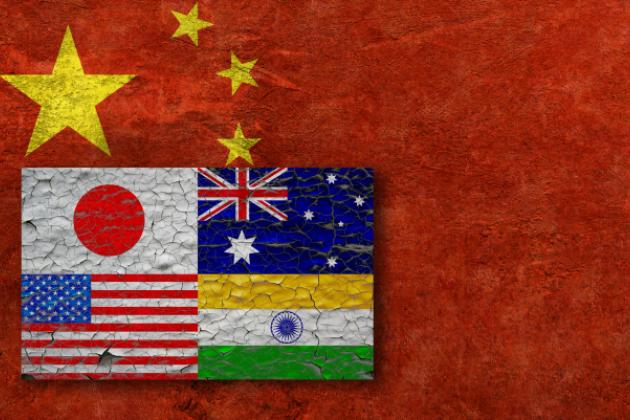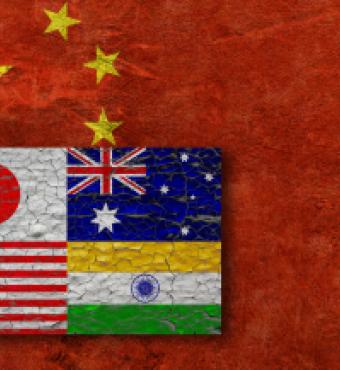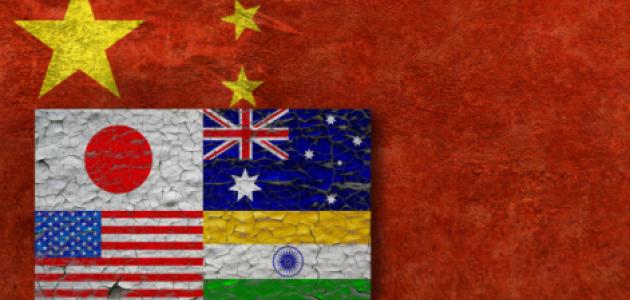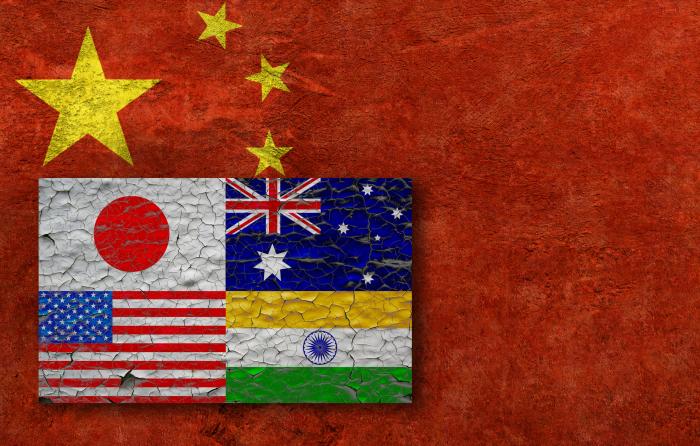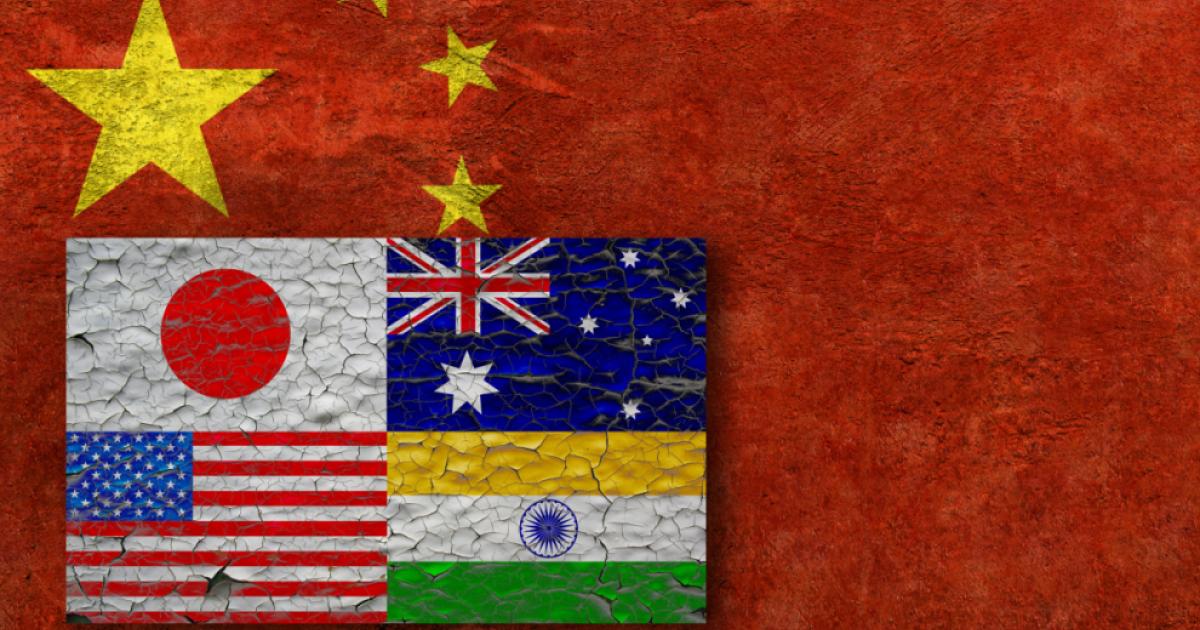- Middle East
- Revitalizing History
Crafting security and defense strategies is hard. Doing so in a time of significant geopolitical, economic, and technical change is harder, and implementing new and more relevant strategies with dated security organizational structures is harder still. Add to that a biased calculus of power and any resulting strategy is sure to miss the mark. All these cautions should be top of mind in a changing Eurasia.
For two decades the U.S. was immersed in ground wars in the Middle East and successive administrations sought to bring that large American military commitment to a close. That is now realized with the U.S. withdrawal from Afghanistan. Of course, there will be limited American forces on the ground to work with and reassure partners and for limited targeted counterterrorism operations. Many will welcome that lighter touch as a new strategy in the Middle East as one less costly in lives and treasure. But rather than simply going forward with an old strategy we must think anew and more broadly about the Middle East sub region of Eurasia.
The Need for a New and Broader Approach
The geopolitical, economic, and technological contours of Eurasia are in flux. The current U.S. view of the geographic boundaries that defines that vast landmass, the ‘world island,’ will inhibit an effective strategy for dealing with the ambitions and actions of the old and reemerging Eurasian empires – Russia, Iran (Persia), and especially China.
The contrast in American and Chinese perspectives of Eurasia is obvious when looking at two maps. The preferred U.S. version and one that dominates strategic thinking and relationships is based on the Department of Defense assignment of geographic military responsibilities. Neatly defined by latitude and longitude the lines of the Unified Command Plan, drawn decades ago, bound the domains of the U.S. military combatant commands. A map reflecting how China views Eurasia depicts the reach, linkages, and economic ambition of China’s Belt and Road Initiative. Those lines on land and sea run from the East Asian littoral to Europe and depict trade routes, the flow of resources, and economic channels. Overlaid on Beijing’s view are Chinese based 5G domains, over 90 modern seaports owned or operated by Chinese entities, trade groupings (which the U.S. has chosen not to join), and political groupings. Thus, the two maps depict different strategic perspectives, priorities, and how strategic power and competition are viewed.
Assessing Power
Two decades of war and the bureaucratic heft of the U.S. defense establishment have caused American national power to be viewed more often in a military context – numbers of this or numbers of that. Accordingly, we have not assessed frankly nor articulated bluntly the impact of trade, influence garnered through development assistance, the reach of e-commerce platforms, and advantages gained by controlling data within digital ecosystems. That military bias has also confused how the U.S. weighs naval and maritime power, the latter being a common denominator among past global powers. China is an emerging naval power and we are quick to compare navies yet fail to recognize China as the dominant global maritime power. The latter was attained by a large and modern shipbuilding (commercial and naval) enterprise, owning or operating of over 90 modern ports that feed global supply chains and have access to volumes of trade data, the world’s largest distant water fishing fleet, and a growing position in underwater cable operations – the conduits of our digital world.
To be sure, there is a Chinese military component to its view of power but it is downplayed and avoids any hint of a large land presence beyond its borders, Taiwan excepted. China’s transregional military force projection for the foreseeable future will be naval. That rhyme of history should not surprise as Beijing builds a formidable navy to safeguard its commercial maritime interests and seaborne trade. That maritime component of power, to include its growing navy, will become more present along the sea lanes that circumscribe the Eurasian landmass – those of the Indian Ocean to the south and the opening Arctic in the north.
China’s growing military capability and capacity cannot be ignored but we must assess our power and influence in a more integrated and substantive way that integrates economics, trade, digital footprints, and military capability and capacity. As we reconsider our reset in the Middle East and an increasingly competitive relationship with China, it’s time to redraw our map and approach power and influence more completely. The place to start is with a transregional strategy.
The Opportunity of Two Quads
In 2012 the Obama administration announced a rebalancing strategy to East Asia with the unfortunate moniker of a “pivot” giving the impression the U.S. was turning away from the Middle East. The westward tentacles of China’s Belt and Road Initiative were apparent then and rather than giving the impression of pivoting from the Middle East the U.S. should have implemented a strategy of linking subregions. Japan appropriately looked west and called for a Free and Open Indo-Pacific. The U.S. embraced and subsequently borrowed the term changing the U.S. Pacific Command to the U.S. Indo -Pacific Command but kept that command’s geographic boundaries unchanged. The emphasis on the Indo-Pacific gave lift to the QUAD, officially the Quadrilateral Security Dialogue comprised of the U.S., Japan, Australia, and India. Although Indian Ocean interests are central, each QUAD member sees that vast ocean differently. For example, India considers its maritime interests there to extend to the African Coast, Japan sees it as a confluence of the Pacific and Indian Oceans that includes Asia and Africa. For India and Japan, the Persian Gulf is encompassed because of energy and other economic reasons. The U.S. Indo-Pacific map is less expansive truncating the Indian Ocean by a line extending south from the border of India and Pakistan with the ocean area west of that line being the responsibility of several other U.S. combatant commands.
In October 2021 the foreign ministers of India, the United Arab Emirates, Israel, and the U.S. met virtually for a quadrilateral dialogue that portends the emergence of a second QUAD. Beyond linking the Indo-Pacific to the Persian Gulf Israel’s participation and interests bring the Red Sea and the Eastern Mediterranean into play.
Both QUADs were spawned by concerns over China’s reach and influence with the more recent initiative also stimulated by Iran’s intentions and actions and those of its proxies. Indeed, Israeli - UAE investments lean toward aerospace and defense, but additional investments and cooperation need not be confined to security interests.
Linking QUADs and Drawing a New Map
The rejuvenated Indo-Pacific QUAD and the fledgling Middle East QUAD offer a rare opportunity to reset for the future and position the U.S. more favorably vis a vis China. Linking the two QUADs can form the basis of a transregional strategy that more effectively addresses the realities of a changing Eurasia, the activities of its dominant powers, and the multifaceted challenge of a more assertive China. It is an opportunity for the U.S. to redraw its map and strategic view of Eurasia, the broader Indian Ocean, and the maritime Middle East to better conform to the interests of like-minded countries. By doing so the U.S. can reset the playing field in Eurasia in furtherance of U.S. interests there and beyond. It is hard on many levels; complex national interests, reluctance to be part of something that might be viewed as an alliance, investment inroads China has in place and the pushback Beijing is sure to exert, and, perhaps hardest for the U.S., a recasting of its decade’s old military command structure. For the U.S. this also means shifting from a land centric security posture to a maritime one and to a strategy that prioritizes and follows through on winning economically in our evolving digital world.
First Principles and Initial Steps
Wars, pandemics, and economic upheavals create inflection points. The U.S. has drawn a long war to an abrupt close with the departure from Afghanistan and appears to be emerging from a great pandemic. While perhaps not an upheaval, economic inequity is straining the global political and social fabric, supply chains have been disrupted, and how and where we work are being redefined. Now is the time to move keeping in mind some tenets in crafting Eurasian transregional strategies.
Although the Indo-Pacific QUAD is a security dialogue, the two QUADs, independently or linked, must not be characterized as alliances. Security relationships and military cooperation are sure to grow but the emphasis must be on trade, technological advancements, and vigorous economic cooperation. Maritime interests and linkages must be prioritized and strengthened. The U.S. must take stock and confront the consequences of diminished maritime power, not confuse it with naval power, and rectify that strategic shortcoming. The linked QUADS must take advantage of the digital intellectual capital and infrastructure particularly that of Japan, India, Israel, and the U.S. Doing so will create the foundation and framework for a global digital model that draws others to an ecosystem in which privacy and security are valued and assured. As a member of both QUADs, India must be acknowledged as the primary partner in South Asia.
Linking the QUADs might appear daunting but it will never be more timely. The Eurasian currents are flowing and the two QUADs should convene together to develop a shared vision of the opportunities and needs as the world emerges from the COVID pandemic and its consequences. The participants have the opportunity to develop strategies for digital cooperation and investment that are the attractive model for others, to align development cooperation in the region in ways more transparent and beneficial than those of China’s Belt and Road, and to create security schemes and recast and refine organizations to address the range of emerging threats of our time.
The two Quads are linked by the sea and that maritime denominator should be embraced to deliver on a free and open concept for the region that benefits all nations. The opportunity to link cooperation from the East and South China Seas through the Indian Ocean to the Eastern Mediterranean is too good to miss.







